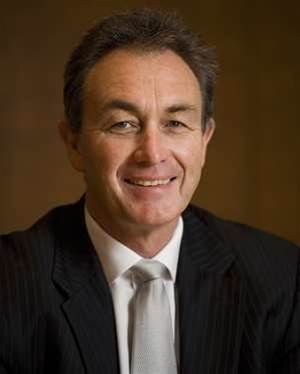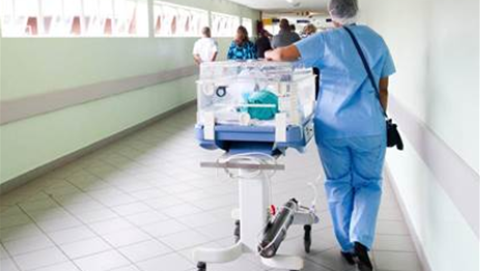Claims being made through the media and blogosphere that the ACMA is putting lives at risk through its approach to the spectrum needs of Australia’s public safety agencies (PSAs) need to be addressed.

What some commentators have missed is that we have provided PSAs with the opportunity to create a deep and layered capability, based on them building efficient 4G long term evolution, (LTE) networks. The foundation of that capability is the allocation of mission-capable 10 MHz (5 + 5 MHz) in the 800 MHz band.
The ACMA is expert in this space and has thought very carefully about the needs of PSAs. The process to establish those needs was rigorous and exhaustive. It delivers a total solution that enables PSAs to respond to emergencies and catastrophes.
The 10 + 10 MHz requested by PSAs is based on scenarios about rarely occurring events and disasters. These scenarios are fully addressed by the ACMA’s integrated 85 MHz solution. This solution is built around the above mentioned 5 + 5 MHz allocation which, in the ACMA’s view, is more than sufficient, scalable and strong.
The process is complicated, but the following are the two key points of the ACMA’s approach:
(a) 5 + 5 MHz = the core of a sufficient, scalable, strong emergency network
Sufficient:
-
Our calculations are based on data figures and deployment scenarios provided by PSAs. Our modelling, based on a standard LTE deployment, showed that 3 + 3 MHz would more than meet their normal operational needs.
-
The modelling shows the only way the 5 + 5 MHz allocation would be overloaded for PSAs’ normal operational needs is if the demand per cell was to increase by 135 per cent over and above what PSAs themselves estimated for these scenarios. This would be equal to 2.35 times the original design requirement set by PSAs.
-
However, recognising the critical and indispensible nature of their services and taking into account other technical reasons, we allocated 5 + 5 MHz. This provides room for future expansion and increased demand flowing from new applications.
- Many natural disasters (like cyclones), occur in remote areas where a dedicated terrestrial network is almost certainly not going to be built. For these rare events, roaming onto one of Australia’s extensive carrier networks is going to be the best, and only option, for PSAs.
Scalable
-
In circumstances where large-scale emergencies test the 5 + 5 MHz allocation, the ability to roam onto carrier networks or use additional mobile cells will immediately provide the required increased capacity.
- Where a permanent increase is needed, PSAs will be able to enhance their capacities simply by increasing the number of base stations in any given area. This provides key, inbuilt future-proofing.
Strong:
- Based on an appropriate infrastructure build, the 5 + 5 MHz allocation is the core of a strong, robust network, bolstered by the addition of roaming and wi-fi-like hotspots using the 50 MHz of 4.9 GHz spectrum also set aside by the ACMA for PSAs.
(b) 85 MHz = ACMA’s total emergency services solution
- The ACMA is expanding the capacity and capability of spectrum for PSAs. They are now being offered 85 MHz of spectrum to enable them to effectively modernise their existing networks to meet their evolving operational requirements and to respond to all types of emergencies. Spectrum allocated by the ACMA will enable the delivery of a mix of high-capacity video, voice and data services from the field using a variety of devices and equipment. The spectrum being offered to meet PSAs’ communications needs includes 10 MHz in the 800 MHz band for 4G mobile broadband, 50 MHz from the 4.9 GHz band for super wi-fi coverage and up to 25 MHz from the 400 MHz band for radio operations. This will give PSAs considerable spectrum capacity to scale up their communications in the event of a major emergency.
The views expressed above are those of ACMA Chairman Chris Chapman.





.png&h=140&w=231&c=1&s=0)



.png&w=100&c=1&s=0)

 iTnews Benchmark Security Awards 2025
iTnews Benchmark Security Awards 2025
 Digital Leadership Day Federal
Digital Leadership Day Federal
 Government Cyber Security Showcase Federal
Government Cyber Security Showcase Federal
 Government Innovation Showcase Federal
Government Innovation Showcase Federal
 Digital NSW 2025 Showcase
Digital NSW 2025 Showcase












_(1).jpg&h=140&w=231&c=1&s=0)



